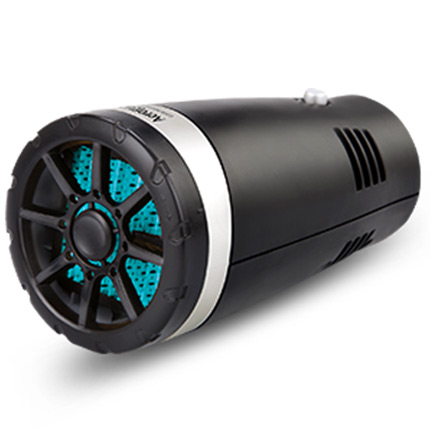Throttle Control Cables for Go-Karts Ensuring Precision and Smooth Acceleration Performance
Understanding Go-Kart Cable Throttles A Guide for Enthusiasts
Go-karting is an exhilarating sport that attracts enthusiasts of all ages. One of the critical components that contribute to the performance and handling of a go-kart is the throttle system. Specifically, the cable throttle system is widely used in many go-kart models for its simplicity and reliability. In this article, we will explore what a go-kart cable throttle is, how it works, and its advantages and disadvantages.
What is a Go-Kart Cable Throttle?
A cable throttle in a go-kart is a mechanical device that connects the accelerator pedal to the engine throttle. It operates using a flexible cable that transmits the driver’s input from the pedal directly to the throttle body of the engine. When the driver presses down on the accelerator pedal, it pulls on the cable, which in turn opens the throttle valve within the engine, allowing more air and fuel to enter the combustion chamber, thereby increasing the engine's power output.
How It Works
The operation of a cable throttle is straightforward yet effective. The system typically consists of three main components the accelerator pedal, the throttle cable, and the throttle body. When the driver pushes the pedal, the force is transferred through the cable, causing the throttle plate to turn. The more the plate opens, the more fuel and air mixture enters the engine, resulting in increased speed.
Adjusting the throttle cable is crucial for optimal performance. If the cable is too loose, there may be a delay in throttle response, causing sluggish acceleration. Conversely, a cable that is too tight can lead to over-responsiveness, potentially leading to loss of control. Therefore, regular inspection and adjustment of the cable are essential for maintaining a responsive and safe driving experience.
Advantages of Cable Throttles
1. Simplicity Cable throttles are mechanical systems with fewer electronic components, which makes them easier to install, maintain, and repair.
go kart cable throttle

3. Cost-Effective Generally, cable throttle systems are less expensive to manufacture and replace, making them a popular choice for budget-conscious racers and enthusiasts.
4. Direct Response Many drivers prefer the tactile feedback provided by a cable throttle, as it allows for a more direct connection between the driver’s input and the engine’s response.
Disadvantages of Cable Throttles
1. Maintenance Over time, cables may stretch, fray, or become damaged, leading to the need for replacements. Regular checks are necessary to ensure proper functioning.
2. Limited Adjustability Unlike electronic throttle systems, cable throttles often have limited options for fine-tuning throttle response or mapping.
3. Wear and Tear Cable throttles can suffer from wear over time, which can cause inconsistencies in throttle response if not properly maintained.
Conclusion
Understanding how go-kart cable throttles work is essential for any enthusiast looking to maximize their racing experience. While these systems offer simplicity, reliability, and cost-effectiveness, they also require regular maintenance and care to ensure optimal performance. Whether you're a seasoned racer or a newbie stepping into the thrilling world of go-karting, familiarizing yourself with the throttle mechanism can enhance your driving skills and improve your overall experience on the track. As you continue to explore the exciting realm of go-karting, you'll find that the nuances of systems like cable throttles significantly contribute to the adrenaline-pumping thrill of the race.
-
Workings of Clutch Pipe and Hose SystemsNewsJun.04,2025
-
The Inner Workings of Hand Brake Cable SystemsNewsJun.04,2025
-
The Secrets of Throttle and Accelerator CablesNewsJun.04,2025
-
The Hidden Lifeline of Your Transmission Gear Shift CablesNewsJun.04,2025
-
Demystifying Gear Cables and Shift LinkagesNewsJun.04,2025
-
Decoding Clutch Line Systems A Comprehensive GuideNewsJun.04,2025
